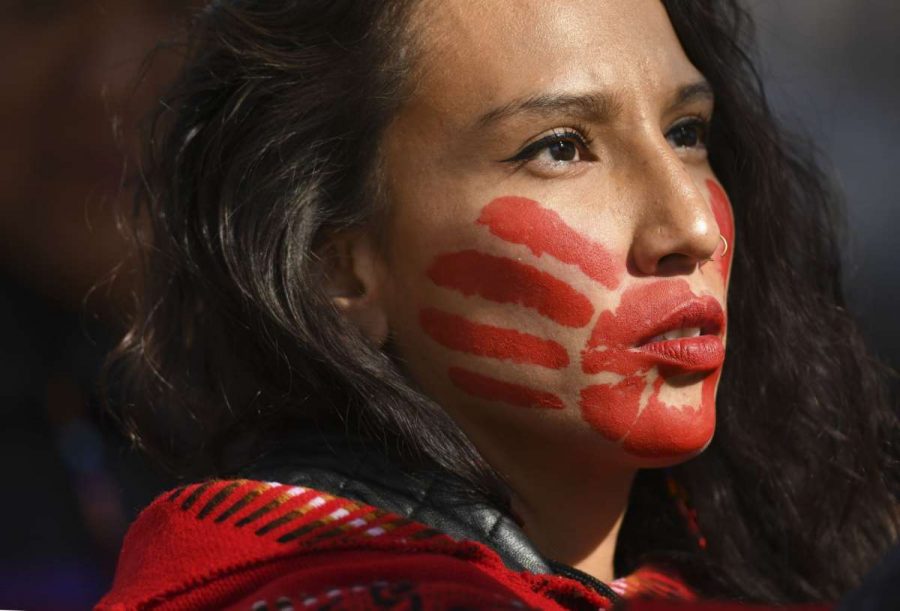Voices Unheard: Missing and Murdered Indigenous Women
The case of Gabby Petito reveals America’s “missing white woman syndrome.”
The case of Gabby Petito, a 22-year-old vlogger from Wyoming, recently sparked concern across the country. On September 11th of this year, a missing person report was filed for the young woman. Nine days later on September 19th, law enforcement discovered Petito’s remains in Bridger-Teton National Forest in Wyoming.
What brings this case into the spotlight, though, is the widespread media coverage that her disappearance gained within those nine days. Her name showed up all across social media platforms—on TikTok, to name just one example, the hashtag #GabbyPetito gained more than 950 million views. Six law enforcement agencies participated in the search for Petito.
The outpouring of attention that met Petito’s case highlighted the disparities in the treatment of missing women of color—particularly Indigenous women—and missing white women. While the disappearances of white women like Petito often receive widespread attention, missing Indigenous women rarely—if ever—are met with similar treatment. The crisis of missing and endangered Indigenous women in the US has escalated in 2021, and with these women’s voices continuing to be ignored, the situation is going to progressively get worse. The National Crime Information Center reported that, as of this year, around 1,500 American Indian and Alaska Native missing persons and nearly 2,700 women have been murdered.
If this is the case, then why hasn’t more awareness been brought to the severity of this reality? The answer is unfortunate but simple: “missing white woman syndrome.” This occurs when the mainstream media prioritizes white women who have gone missing or have been murdered, further neglecting Indigenous women in the same position. When the media prioritizes these cases, journalism and governmental entities change their daily coverage to spread the word more.
In a report issued by the Wyoming State on Missing and murdered Indigenous people, in the U.S. overall, only 30% of homicide victims who were of Indigenous descent had newspaper media coverage, compared to 51% of white homicide victims. Another contributing factor of attention for this marginalized group is the indifference of law enforcement. According to the Sovereign Bodies Institute Report, families voice their concerns about poor communication, lack of cultural awareness, and systemic violence committed against Indigenous communities.
For many of us, it is hard to understand the urgency of these injustices when we don’t think they are happening where we live. However, the disappearances of Indigenous women are more local than some of us may realize. Bessie Walker, a 27-year-old Indigenous woman was reported missing from her hometown in Auberry, California, just a three-hour drive from San Jose. Fourteen days later, she was found dead. Another report made by the Sovereign Bodies Institute brought attention to California, where they found that just 9% of murder cases involving Indigenous women and girls were solved, compared to a statewide rate of over 60% for solving murders.
Although we cannot directly change the systemic racism in media institutions, we can help call attention to cases of missing and murdered Indigenous women. Understanding and educating yourself on the importance of this injustice is a place to start. Native Hope, a nonprofit organization dedicated to advocating for missing Indigenous women, provides a detailed and educational history of Native Americans on their website, along with information about the current issue, and how it will play out in the future.
Actively getting involved is another impactful step we can take. Donating is one of the best ways we can offer support to Indigenous communities that are in need of funding for their projects. You can donate through organizations similar to Native Hope, including MMIW and NIWRC.
Lastly, spreading the word about the missing Indigenous women can get more people to become aware. Having conversations with your friends and family about the topic and even posting the names of these missing women on social media are also productive ways to bring attention to this ongoing crisis.


